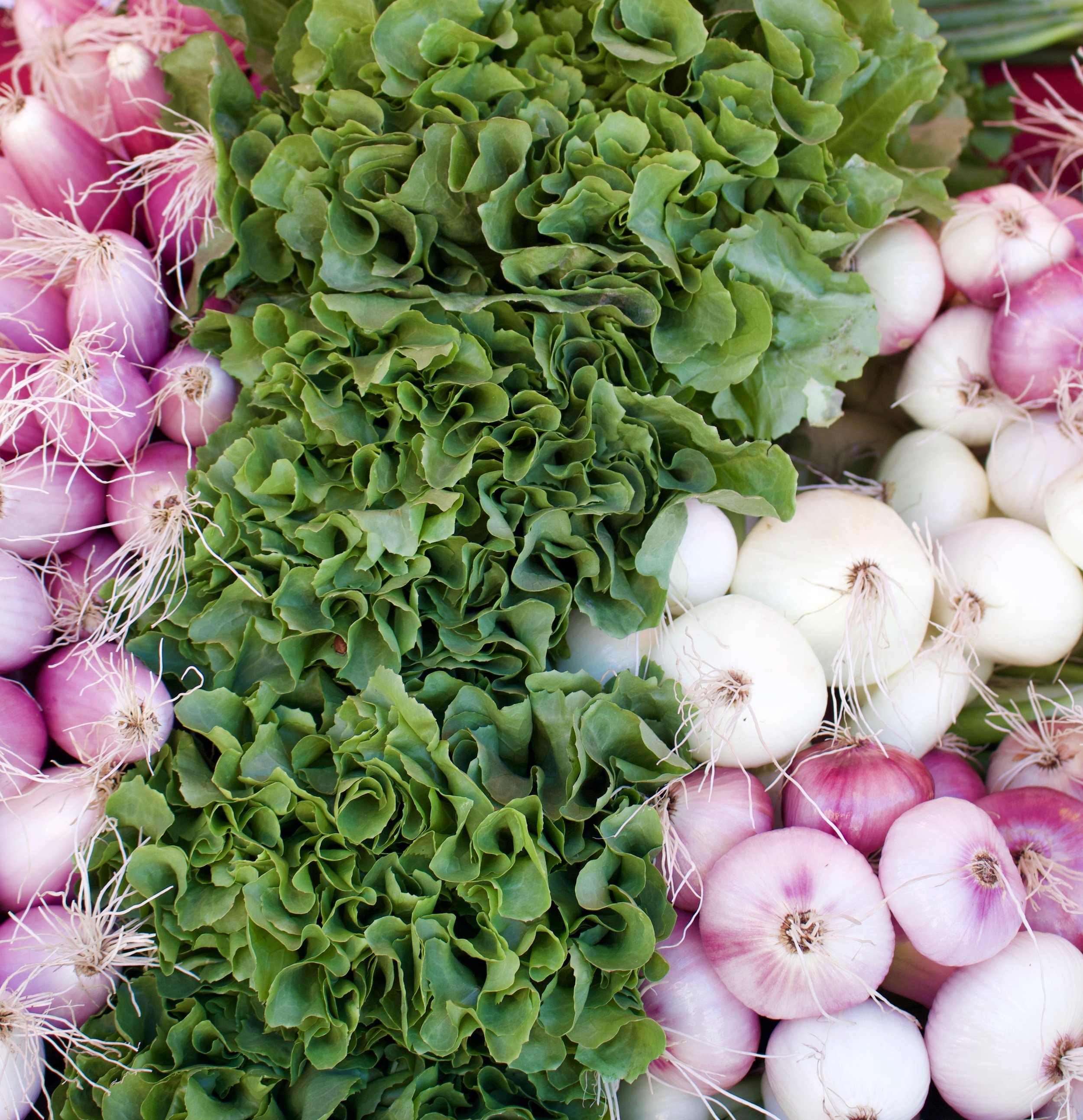Let’s aim to eat well every day. There are a few foods that if you can get in daily you will be able to give your body a mega antioxidant boost. The foods below will boost your antioxidant and vitamin intake while reducing your inflammation. These foods are affordable, and good to stock up so you can encourage healthy eating without requiring that extra grocery store or specialty shop trip. Try the prep ahead smoothie kits below!
Berries & Cherries
These fruits are rich in flavonoids and antioxidants. They are also rich in fiber and spike your blood sugar less than other fruits.
Tip: Try frozen berries in smoothies or overnight oats if fresh berries are too expensive or are not in season. Also try picking a bunch of berries next berry season and freeze to use throughout the year!
Leafy Greens Like Kale, Mixed Greens & Chard
Deep dark greens are high in antioxidants, vitamin A, vitamin C and fiber.
Tip: Chop up any green and sautée to reduce down. Add reduced greens to meatballs or meatloaf to hide some more greens (from your kids) and add some more greens to your day. Add a handful of greens to your morning smoothie for an extra morning boost.
Complex Carbs: Oats, Brown rice & Quinoa
These whole grains are rich in soluble fiber, complex carbohydrates and B vitamins. Don’t be afraid of good carbs!
Tip: Cook up a large batch of quinoa or brown rice and freeze in single serve 1 cup portions. This is a mega time saver and can be the base for many dishes.
Root Veggies: Sweet potatoes, carrots & winter squash
Deep orange foods give us huge boosts of vitamin A, fiber, and complex carbohydrates.
Tip: Keep these veggies on hand, they don’t rot quickly like lettuce and cucumbers so you can always have one of these staples available even when your pantry is bare.
Ginger
This root is a wonderful anti-inflammatory agent and can be eaten in many forms. Try in tea, shredded into vegetable dishes, rice dishes or even egg dishes.
Tip: Pre-grate some ginger and keep it in a closed container in the refrigerator. Use a microplane grater to break up the tough root.
Prep Your Own Breakfast Smoothie Kits!
Makes 1 smoothie
Ingredients:
1/2 C greens
1C frozen berries
1/2 tsp fresh grated ginger
1 Tbs chia seed
1C milk of choices or water
1/4C oats
Add greens, berries, ginger, oats, chia seed to freezer safe bags. Make 3-4 of these if desired to keep in the freezer. Simply add to a blender with 1C milk of choice in the morning for a quick breakfast on the go with some serious anti-inflammatory power.



